Australia’s #1 collection of best practice tools, guides and resources for professionals. Made in partnership with Living Melbourne. If you have a guide you would like to showcase, please contact us.
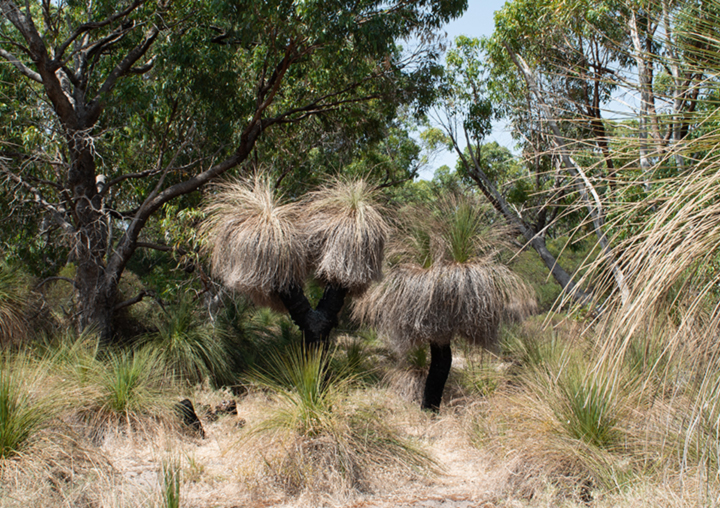
Start with the grasslands
This guide is a resource for anyone interested in conserving and managing grasslands but...
Read moreThis guide is a resource for anyone interested in conserving and managing grasslands but particularly useful for those planning new urban areas, including state and local government planners, planning consultants and landscape architects.
Victoria Implementation tools State-specific Link
Sustainable Gardening Australia website
Sustainable Gardening Australia (SGA) is a not-for-profit social organisation dedicated to achieving...
Read moreSustainable Gardening Australia (SGA) is a not-for-profit social organisation dedicated to achieving a healthy biodiverse planet and vibrant, sustainable communities. It is a registered charity. Its principal purposes are to: 1. encourage, educate and enable home and professional gardeners to adopt sustainable gardening practices to protect or enhance the natural environment or a significant aspect of it; and 2. provide information or education, or carry on research about, the natural environment or a significant aspect of it.
National Additional resources Link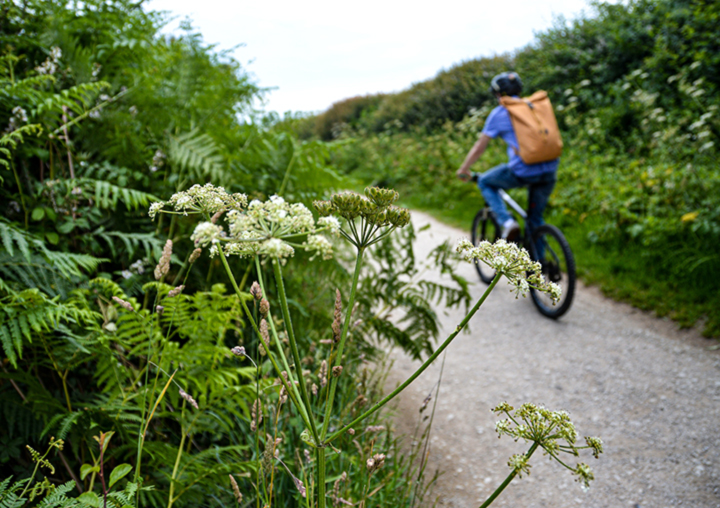
Sustainable Subdivisions Framework
In 2019, 16 partner councils, the VPA and CASBE partnered to develop a Sustainable Subdivisions...
Read moreIn 2019, 16 partner councils, the VPA and CASBE partnered to develop a Sustainable Subdivisions Framework focusing on improving the long term community benefits delivered by a subdivision through the planning process. The Framework is currently being trialed across Victoria by a number of councils initially on residential subdivisions but is also able to be applied to commercial and industrial subdivisions.
Victoria Additional resources Link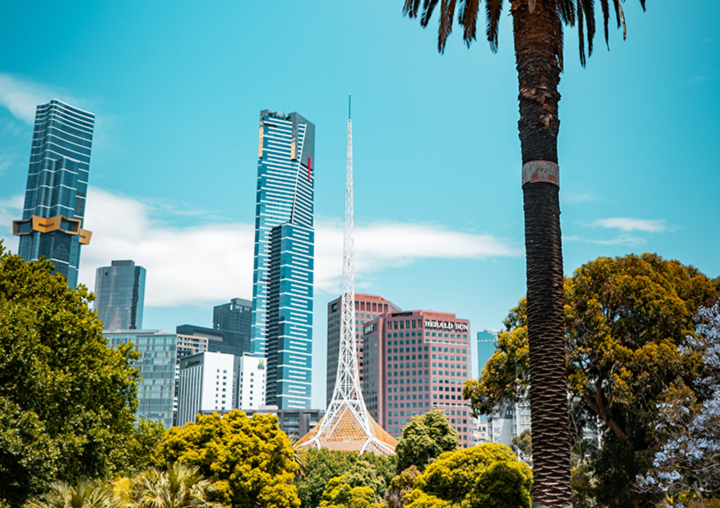
The City of Melbourne’s Future Urban Forest – Identifying Vulnerability to Future Temperatures
The report, commissioned by and for the City of Melbourne, describes the results of a project...
Read moreThe report, commissioned by and for the City of Melbourne, describes the results of a project exploring the vulnerability of tree species currently planted in the City of Melbourne, and identifies some potential new species that may be more suitable for the City’s climate futures. It is worth noting the caveats on the interpretation of species vulnerability.
Victoria Strategies and plans Link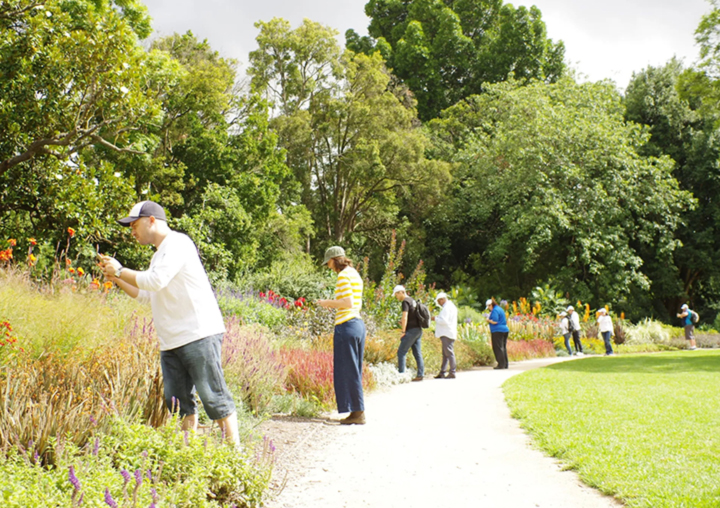
The Clean Air and Urban Landscape Hub
An Australian based research hub, the mission of the CAUL Hub is to take a holistic view on the...
Read moreAn Australian based research hub, the mission of the CAUL Hub is to take a holistic view on the sustainability and liveability of urban environments, to help deliver better cities.
National Additional resources Link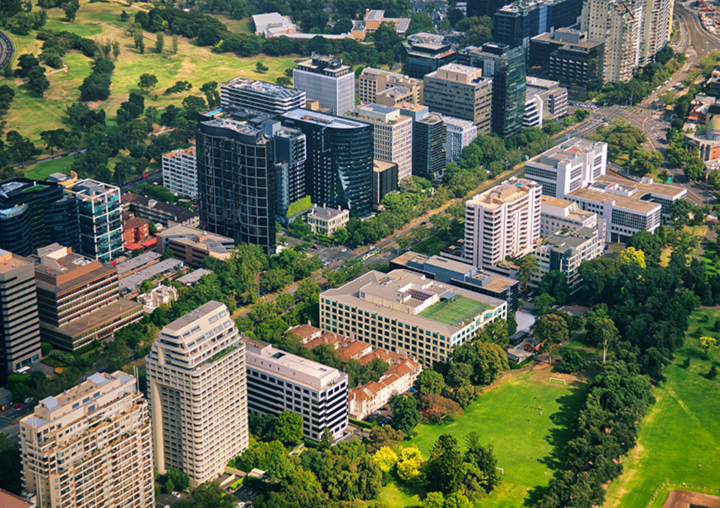
The CRC for Water Sensitive Cities: Tools and Products (TAP) Program
The Tools and Products (TAP) program aims to enable industry adoption and utilisation of key...
Read moreThe Tools and Products (TAP) program aims to enable industry adoption and utilisation of key intellectual property outputs from the Cooperative Research Centre for Water Sensitive Cities research, to support mainstreaming of water sensitive technologies and practices. At its core, Tools and Products is concerned with the translation of knowledge into software-based tools. It will create an integrated set of platforms to aid decision-making that will transitions our cities towards water sensitive futures.
National Additional resources Link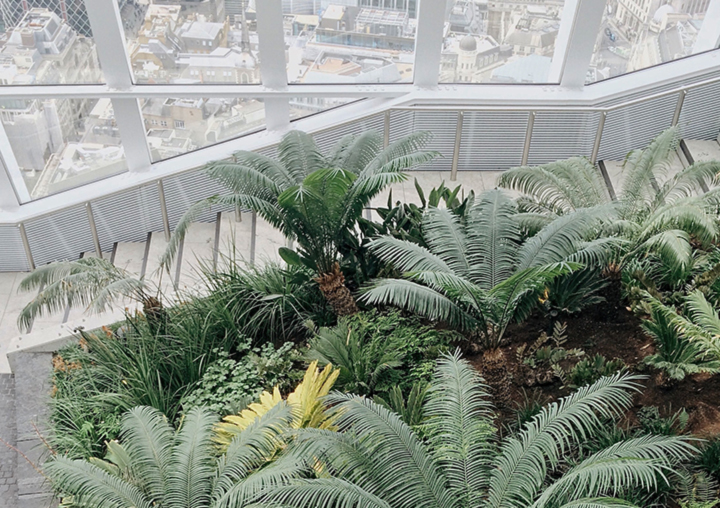
Tree Costing Tool and Instruction Manual Australia
The Tree Costing Tool is designed to calculate the life cycle cost of urban tree projects. It...
Read moreThe Tree Costing Tool is designed to calculate the life cycle cost of urban tree projects. It provides a systematic and user-friendly approach to project cost evaluation based on size and location requirements. Along with the tool comes the instruction manual which provides step by step instructions for users to work through the Tree Costing Tool spreadsheet and enter project details. After entering all the required values, the tool provides a results summary. Users have the option to analyse and compare three projects within the tool. These resources were produced as part of the Hort Innovation Nursery Fund project Budget tool to calculate the cost to successfully establish trees in the urban landscape (NY18003).
National Reporting, Measurement & Tracking Link
Tree Standards – AS2303
This Standard specifies the criteria for the assessment of above-ground and below-ground...
Read moreThis Standard specifies the criteria for the assessment of above-ground and below-ground characteristics of tree stock that are to be supplied for landscape use. It covers container-grown, containerized, bare-rooted and ex-ground tree stock, and can be applied to all stages of growth. The specifications and criteria in this Standard apply to all methods of production systems and styles of containers.
National Implementation tools Link
TREENET
TREENET is the national urban tree research and education cluster. Originating from the University...
Read moreTREENET is the national urban tree research and education cluster. Originating from the University of Adelaide’s Waite Arboretum.
National Additional resources Link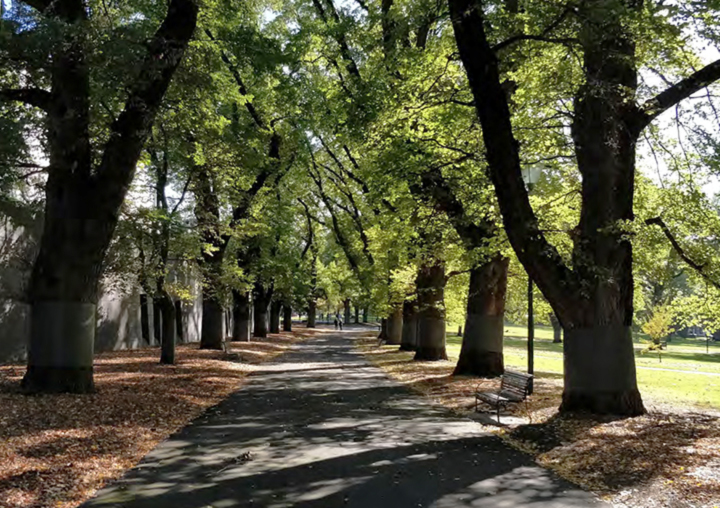
Trees for Cooler Greener Streetscapes: Guidelines for Streetscape Planning and Design
These are guidelines for planning and integrating healthier trees in urban streetscapes, with the...
Read moreThese are guidelines for planning and integrating healthier trees in urban streetscapes, with the aim of creating a cooler and greener Melbourne. The focus of these guidelines is supporting better placement and design integration of trees in roads and streets in priority urban areas to increase tree canopy cover. They provide guidance for the planning and design process, example solutions for typical streetscapes and a design catalogue for reference in creating bespoke solutions.
Victoria Implementation tools State-specific Link
Trees in challenging places
This City of West Torrens initiative provides guidance for Councils on planting trees where the...
Read moreThis City of West Torrens initiative provides guidance for Councils on planting trees where the planting space is small or contested. The Design Guideline summarises Council experiences of green and grey infrastructure conflicts, and the relevant local, national and international guidance. It provides six design principles for more, and more successful, street tree planting: ‘the roots get the shoots’ (soil volume is critical); ‘happy trees happy infrastructure’ (risks to infrastructure are reduced if the tree’s needs are met); cost efficient solutions maximise implementation; the right tree for the right location; prioritise trees; and an integrated approach (to produce the best outcomes for all).
South Australia Implementation tools State-specific Link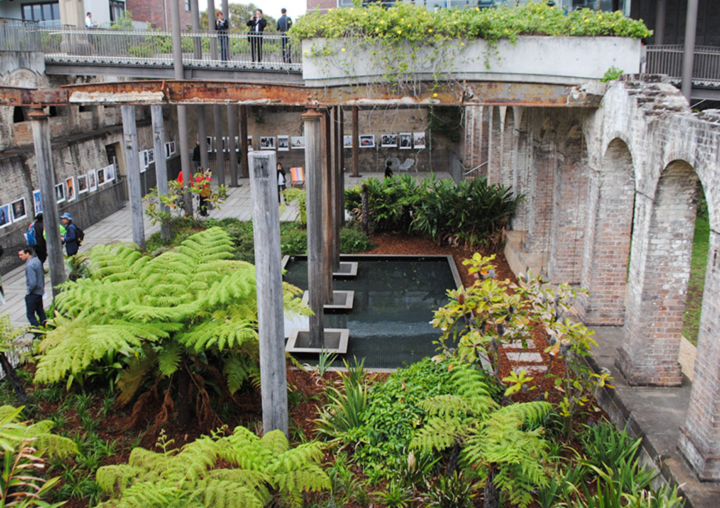
University of Melbourne: Green Infrastructure Research Group
The Green Infrastructure Research Group is an interdisciplinary team of Australia’s leading green...
Read moreThe Green Infrastructure Research Group is an interdisciplinary team of Australia’s leading green infrastructure experts with a shared passion for using plants to make cities more liveable. They create and embed knowledge and technologies in smart design, construction and maintenance of green spaces, trees, parks, rain gardens, community gardens and green roofs and facades in built environments. They are part of the School of Ecosystem and Forest Sciences at the University of Melbourne.
Victoria Additional resources Link